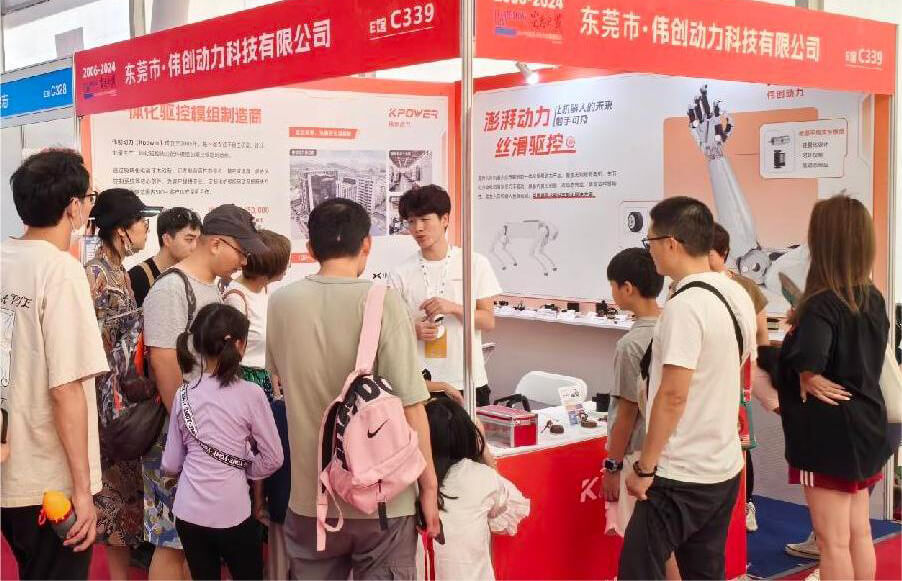When you’re working on DIY robotics or even some simple remote-control projects, you’ve likely come across the 9g micro servo. It's a small, yet powerful component that can perform various tasks, from moving parts in a robotic arm to steering a car in a hobbyist’s remote control project. But, while the functionality is clear, understanding its pinout can sometimes be a bit tricky if you're new to electronics.

So, let’s dive in! The 9g micro servo is usually powered by a 3.3V to 5V DC supply, which makes it an ideal component for small circuits or battery-powered devices. It typically features three pins, which we’ll break down for you.
The Three Pins: What Do They Do?
Signal Pin (PWM Input): The most important of the three pins, the signal pin controls the servo’s position by receiving a Pulse Width Modulation (PWM) signal. The angle of the servo is determined by the width of the pulse it gets. For example, a 1.5ms pulse might set it to the center position, while a 1ms pulse will rotate it one way and a 2ms pulse the other. Pretty cool, right?
Power Pin (VCC): This pin is where your servo gets its juice! The VCC pin is connected to your power source, usually between 3.3V and 5V. This is enough to power the tiny motor inside the servo that does all the heavy lifting.
Ground Pin (GND): Finally, the ground pin is where the circuit completes. Without this, the servo wouldn’t have a return path for the current, and your project would be dead in the water. Make sure it’s connected properly to avoid any issues!
Why Does Pinout Matter?
For starters, knowing how to hook up your servo correctly is crucial to making sure it functions as expected. Miswiring it could lead to no movement or worse, potential damage to the servo or your controller. Whether you're using it in a simple steering system or as part of a more complex robotic project, understanding which pin does what can save you a lot of headaches.
Now, if you’ve ever looked at these little servos, you might have noticed that they don’t have huge connectors or labeled pins like larger parts. It’s easy to confuse the pins when you're working on a tight project, especially if you’re using tiny breadboards or custom PCBs. However, once you get the hang of it, you’ll find that these micro servos are quite simple to integrate into your designs.
What Are Some Common Issues?
One thing you might run into is the servo not responding to your signals properly. If that happens, it’s usually because the signal isn’t clear or the power isn’t consistent. Make sure your PWM signal is clean and that your power supply is stable. If you’re using a microcontroller like an Arduino, ensure the PWM pins are set up correctly in your code.
Another common issue could be the servo stalling or moving too slowly. This usually points to insufficient power. Sometimes, a simple power boost is all that’s needed. In other cases, it might be a servo problem—overloading it can cause damage, and while these servos are durable, they’re not invincible.
What Makes a Good Servo?
It’s about reliability. You want something that’s consistent and can handle the demands of your project. Not all 9g servos are created equal. Some brands offer servos with better torque and smoother movement, while others might be more budget-friendly but less reliable for long-term use.
That’s why KPOWER’s micro servos stand out in the crowd. They offer precision, consistency, and durability that you can trust. Whether you're building a small robot or upgrading a DIY RC car, their micro servos will give you the performance you need to take your project to the next level.
If you’re just starting out, these servos might seem like a small detail, but trust us, once you get the wiring right and understand the pinout, your project will run like clockwork. Understanding the basics will help you avoid common pitfalls and maximize the potential of your design.
Established in 2005, Kpower has been dedicated to a professional compact motion unit manufacturer, headquartered in Dongguan, Guangdong Province, China.




































